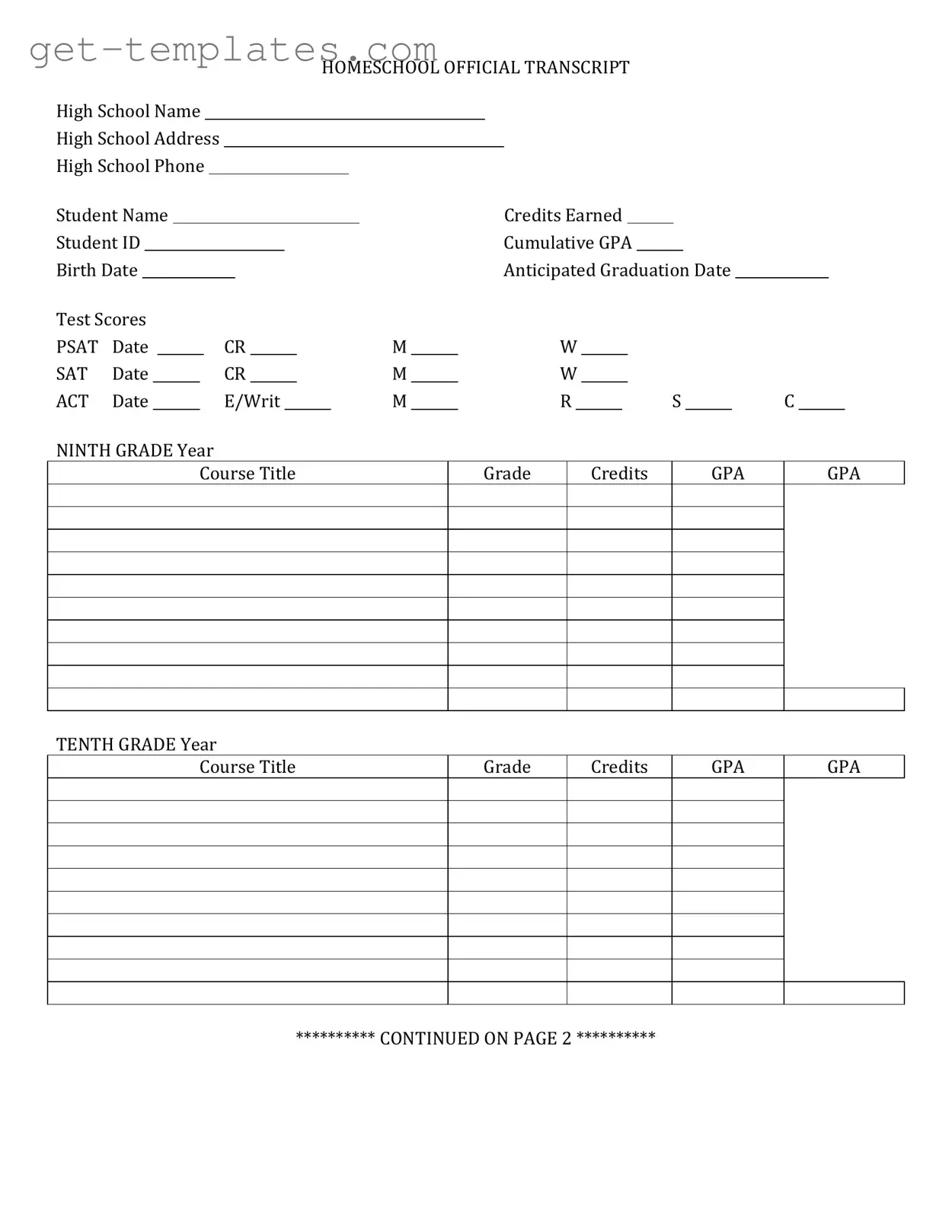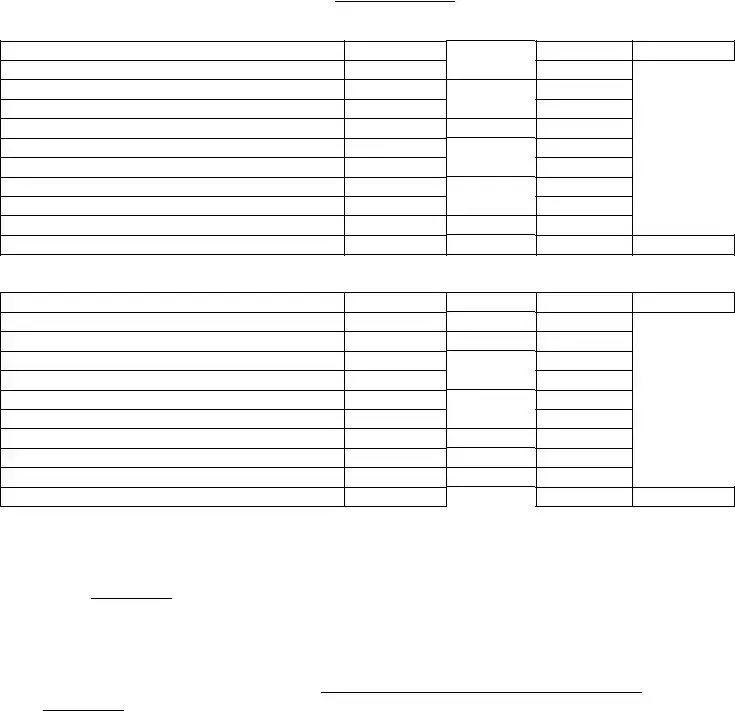When it comes to navigating the educational landscape, understanding the High School Transcript form is essential for students, parents, and educators alike. This vital document serves as a comprehensive record of a student's academic achievements, detailing courses taken, grades received, and overall GPA. It often includes information on standardized test scores and extracurricular activities, providing a holistic view of a student's high school experience. Additionally, the transcript may contain essential details such as the school's contact information and the student's personal identifiers, which are crucial for college applications and scholarship opportunities. As students prepare for their next steps after graduation, having a clear grasp of what this form entails and how to request it can significantly impact their future endeavors. Whether applying to colleges, seeking employment, or pursuing vocational training, the High School Transcript plays a pivotal role in showcasing a student's readiness for the challenges ahead.


